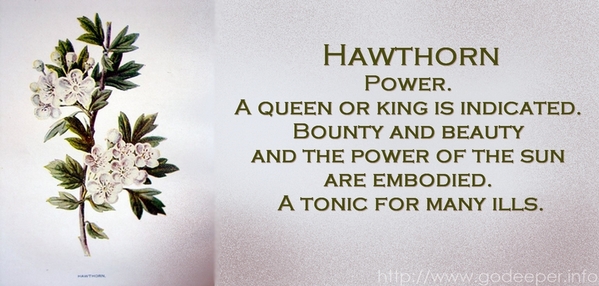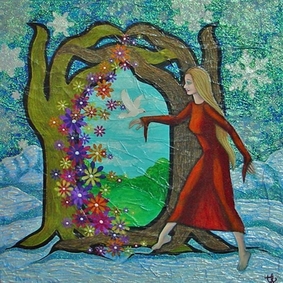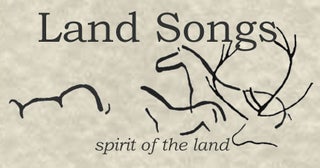
Mediaeval country folk also asserted that the smell of hawthorn blossom was just like the smell of the Great Plague in London. Botanists later discovered that the chemical trimethylamine present in hawthorn blossom is also one of the first chemicals formed in decaying animal tissue. In the past, when corpses would have been kept in the house for several days prior to burial, people would have been very familiar with the smell of death, so it is hardly surprising that hawthorn blossom was so unwelcome in the house. It has also been suggested that some of the hawthorn (Crataegus monogyna) folklore may have originated for the related woodland hawthorn (Crataegus laevigata) which may well have been commoner during the early Middle Ages, when a lot of plant folklore was evolving. Woodland hawthorn blossom gives off much more of an unpleasant scent of death soon after it is cut, and it also blooms slightly earlier than hawthorn, so that its blossoms would have been more reliably available for May Day celebrations.
Hawthorn has a strong association with fairies, particularly in the sense that the areas around some hawthorns were places prone to offer openings into the fairy otherworld. They are also the most common species among clootie trees, which although they are now mostly Christianised sometimes have fairy lore connected to them.
|
|



 RSS Feed
RSS Feed




